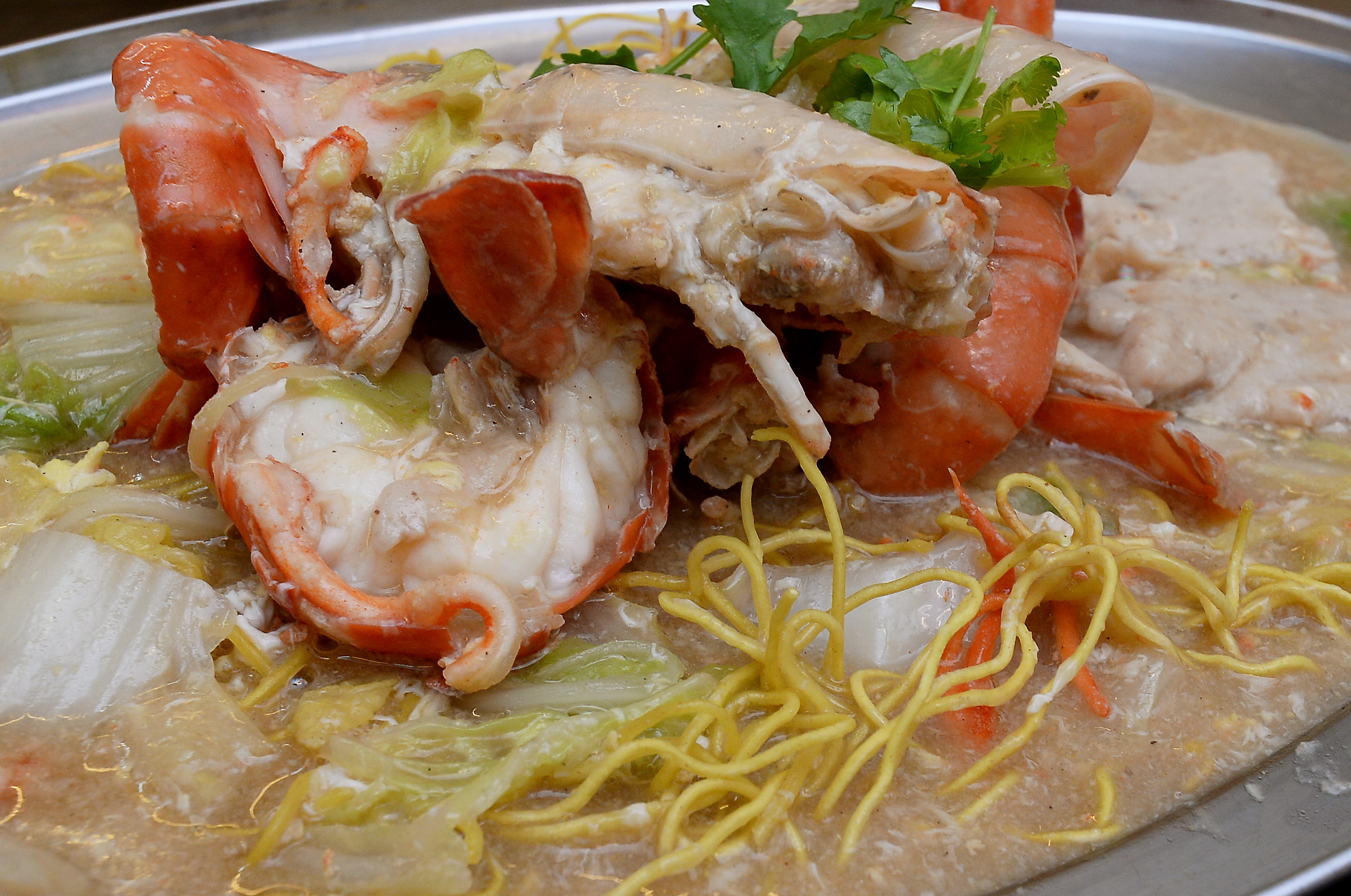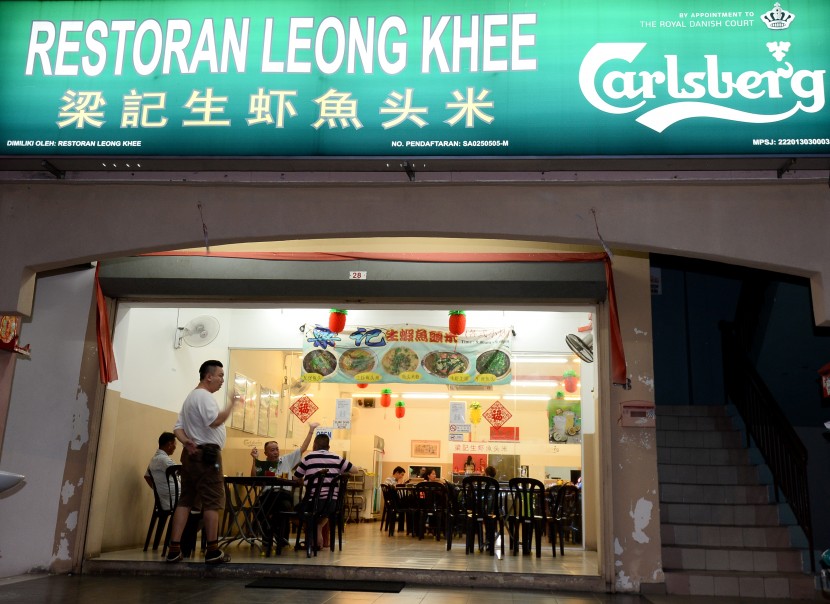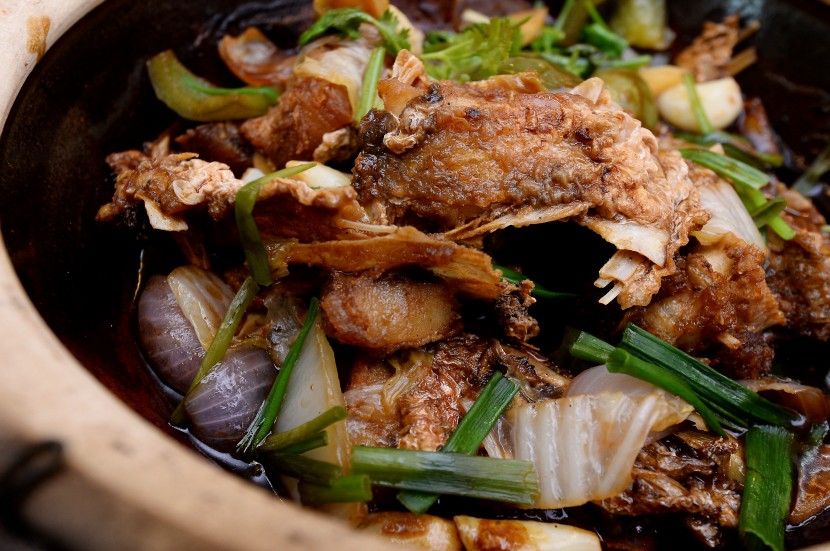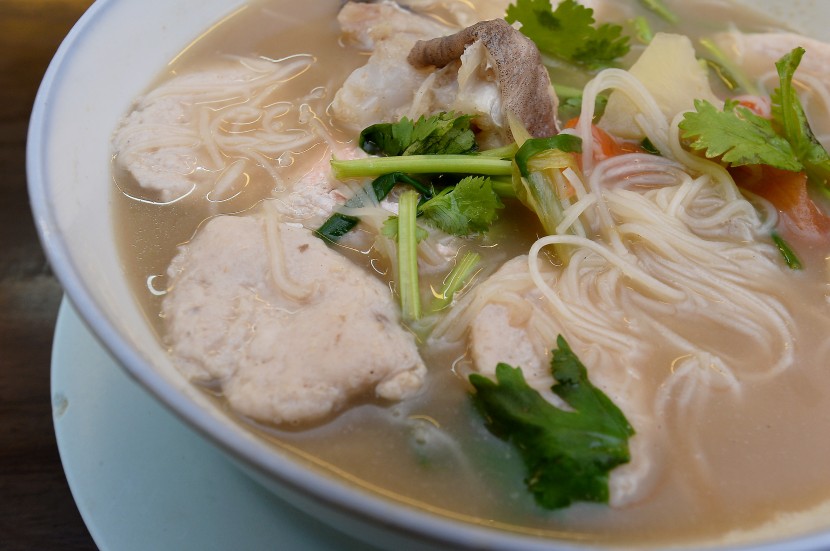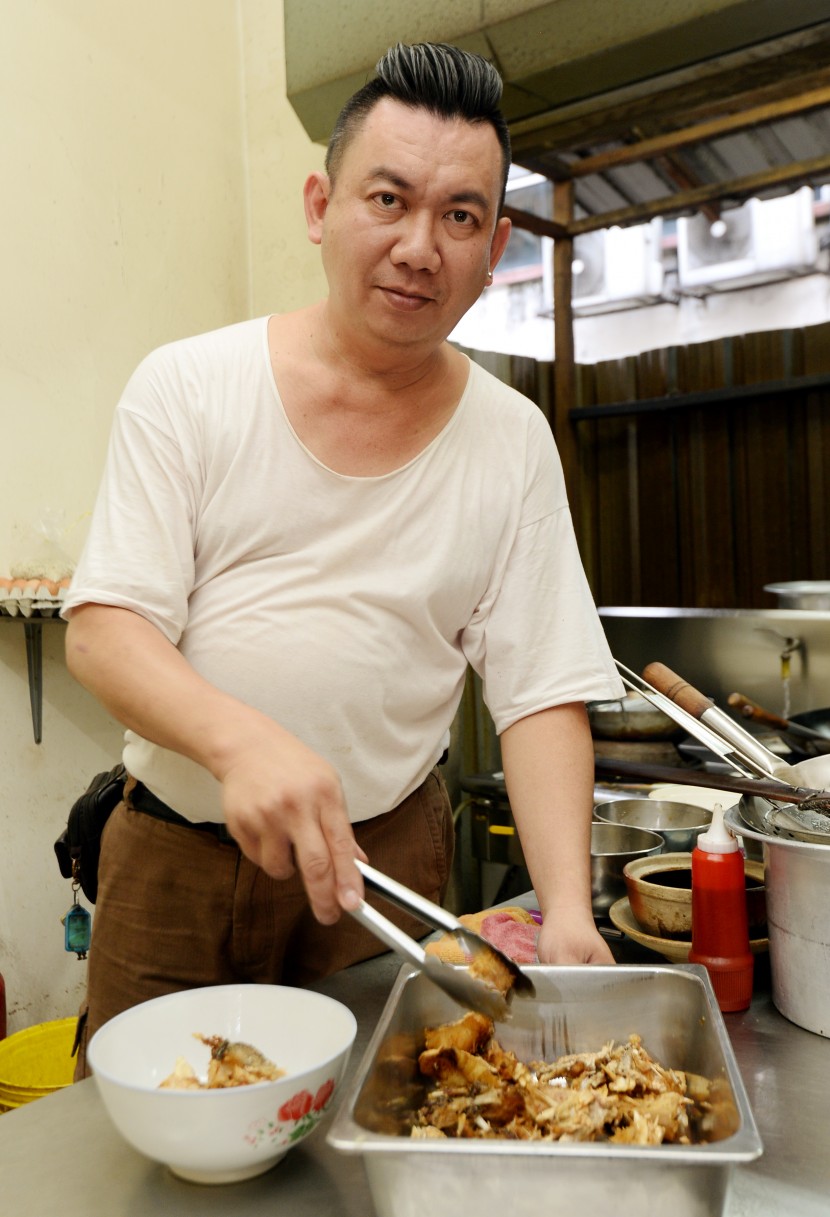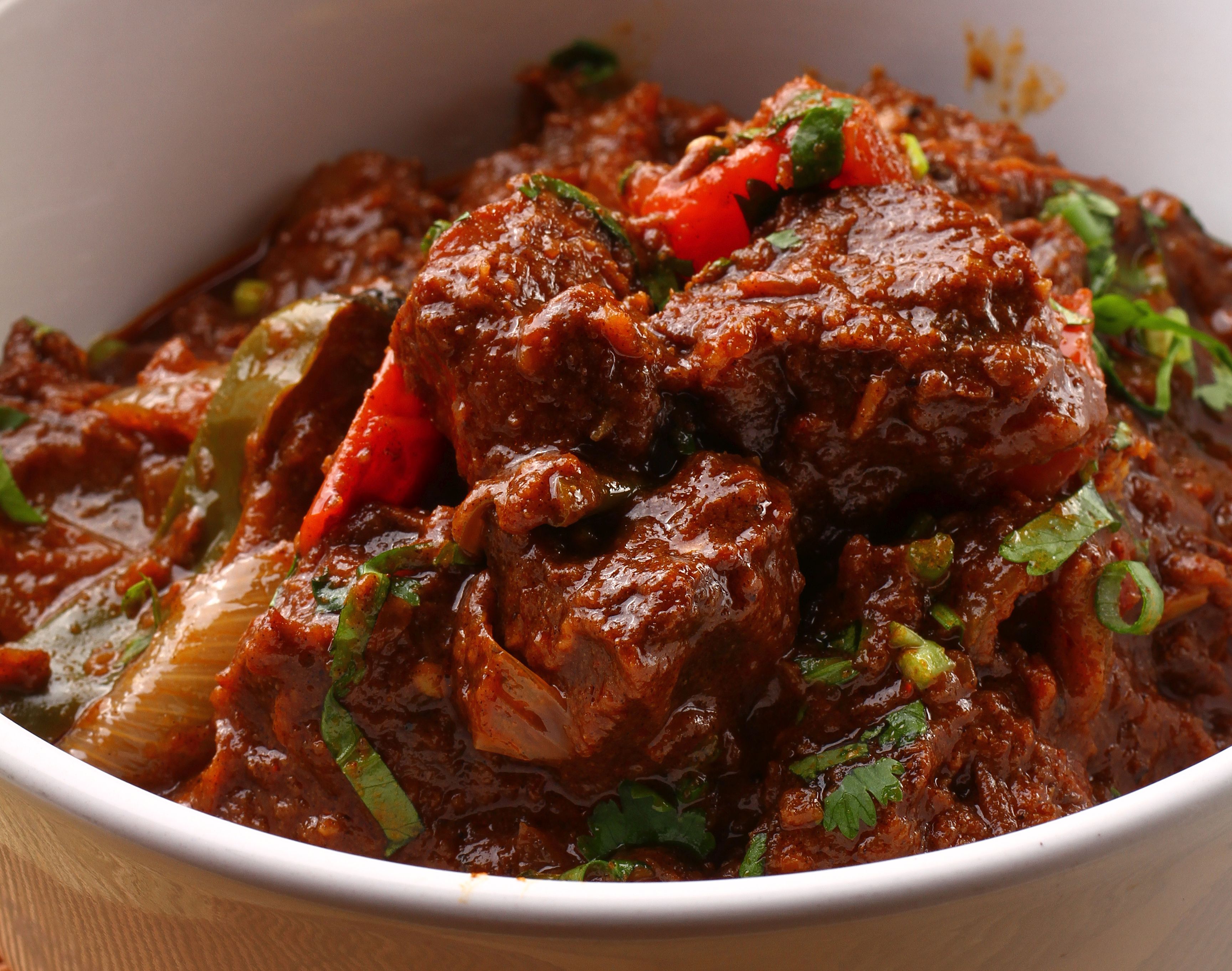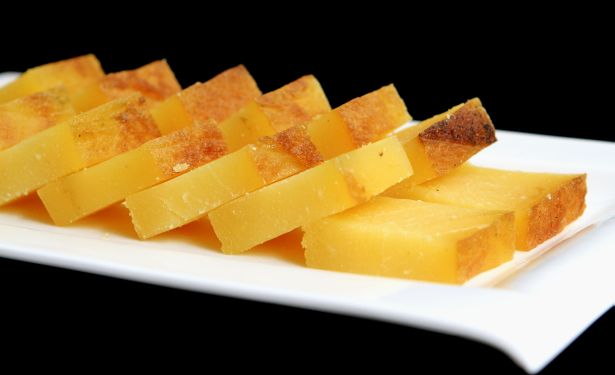LEONG KHEE RESTAURANT,
Tel: 018-363 2843 or 017-607 3482
Business hours: 9.30am to 8.30pm, daily.
Closed on Tuesdays.
Non-halal.
AN appetising bowl of fish head noodles depends on the fish used, the ingredients for the soup base and a splash of Chinese wine.
The right combination and amount gives the steaming hot bowl of noodles everything it needs to make it a satisfying meal. This is what Leong Khee Restaurant owner Leong Wai Keong tries to achieve every time he makes a bowl of noodles for customers.
Before opening up the restaurant in Seri Kembangan more than two years ago, Leong worked as a hawker in a kopitiam in the area.
“I have been in the food industry for more than 10 years and discovered that most diners in Klang Valley like their fish head noodles soup with evaporated milk as it gives the soup a creamy texture.
“Diners can also opt not to have the milk and we also serve other dishes that go well with rice,” he said.
We were served the restaurant’s specialty, which is fresh prawns and fried fish head noodles as well as fish fillet noodles.
“I use mud carp imported from the United States as it is meaty and has a chewy texture.
“As for the soup, I use chicken bones but the main flavours come from the fish head. It is kept warm all day during the restaurant’s operation hours,” he said.
The dash of Hua Tiao Chinese wine worked its magic and went well with the fish, making the soup tasty.
“I fry the fish head before adding it into the soup to cook.
“Sometimes, I use grouper head instead but mud carp remains the main item for the dishes,” Leong said.
Diners can opt for the fish fillet to go with the mee hoon if one does not like fish head.
The soup tasted good either way whether one opts for fish fillet or fresh prawns and fried fish head.
Another highlight is their sang har mee and sang har with braised yee mee.
Leong said the sang har fresh prawns and fried fish head noodles uses imported prawns as it is more succulent and weighs at least 200gm per prawn.
“We deep fry the prawns before putting it into the gravy and add eggs to finish it off,” he said.
The sang har mee with its thick egg-based gravy stood out because it was simply tasty.
Those who are not keen on having their noodles soaked in gravy, can opt for the sang har braised yee mee.
The restaurant’s claypot fish head dish is also a hot favourites among diners, who often savour it with rice.
There are two types of claypot fish head — with soy sauce and Chinese wine. When the claypot fish head with soy sauce arrived at our table, the aromatic fragrance of the soy sauce wafted in the air.
The dish was generously garnished with chopped coriander and spring onions.
This is the writer’s personal observation and not an endorsement by StarMetro.
